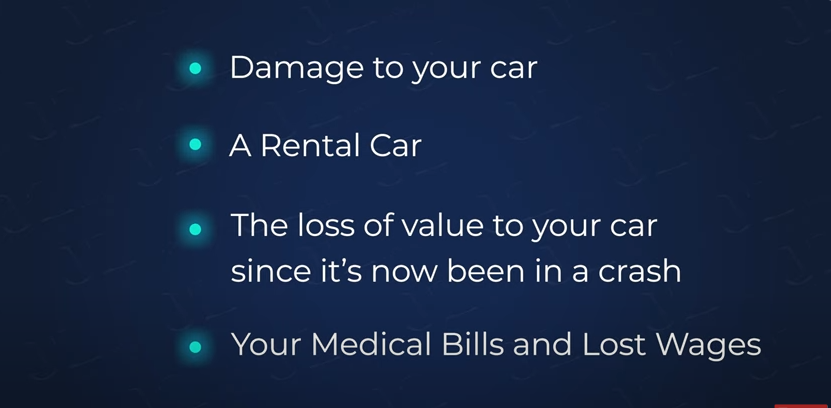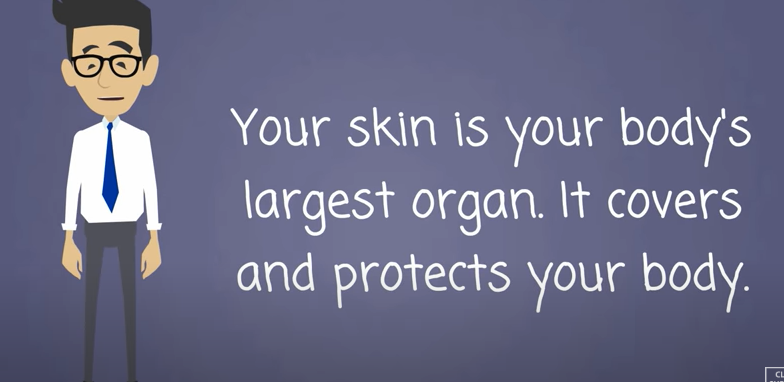Use Of technalogy for Students

Since No Child Left Behind’s inception, high stakes testing and accountability has beleaguered school districts across the nation. School officials and administrators have tried any and all sorts of remedies to promote student engagement and success in the classrooms, this includes implementing technology into curricula. According to the United States Department of Education (2002), the No Child Left Behind Act also sought to eliminate the digital divide and to have student technologically literate by the end eighth grade, regardless of race, socioeconomic status, geographic location, and disability.
Furthermore, the State of Illinois adopted the Common Core State Standards in 2010, with them being fully implemented in the 2013-2014 school year. These standards have taken the ideals from No Child Left Behind (NCLB) one step further with children as young as Kindergarten aged being computer literate. For example, instead of writing extended response questions, students are expected to type and compose such responses. Current assessment initiatives require school district to use online testing. The new Partnership for Assessment of Readiness for College and Careers (PARCC), which replaces the ISAT Test in the state of Illinois, will be taken online which is a vast difference between old state assessments and new state assessments. These changes are requiring school districts to provide computers and technology to their students and faculty. The school district participating in this study adopted an initiative for 1:1 Technology to be a part of classrooms in the last few years. This past school year, the school district was able to have select classrooms pilot 1:1 Technology. Teachers at the high school, junior high, and elementary levels
were chosen by district administrators to have laptops as a resource and tool for instruction and learning in the classroom. The school district is working closely with local business for this 1:1 initiative to be district-wide in the near future. Due to the State of Illinois’ continued budget concerns, this is not happening as quickly as it was projected to be. Teachers who are using 1:1
Technology are at an advantage over teachers who do not have this accessibility. 1:1 Technology allows teachers to better and more quickly differentiate, to administer enrichment, and to also dive deeper into topics of study, as the Common Core State Standards puts forth these requirements for students. 1:1 Technology can also motivate students and allow them to be engaged on a completely different level than they have ever before. This study examined whether 1:1 Technology does in fact increase student academic achievement and increase motivation in students to learn.
One of the main items that No Child Left Behind set out to accomplish was to diminish the digital divide between socioeconomic class and race of students. The school district participating in this study there are two elementary schools that are inundated with higher percentages of low-income students. The majority students do not have the same opportunities to be exposed or have the background or previous knowledge with computing skills and are more often than not, technologically illiterate. Two classrooms from the participating school district were chosen to pilot 1:1 Technology. The hope and goal of this pilot is to see if 1:1 Technology can improve student academic achievement in the classroom. This study then took that goal one step further by examining the effects of 1:1 technology on student motivation.
This study should be useful to legislators, school administrators, and educators as most of our schools are turning to technology to aid and assist in learning in the classrooms. 1:1 Technology is such an asset to any school or classroom. The use of technology allows teachers to truly differentiate and tailor instruction to meet the needs of their students. With the new Common Core State Standards being implemented and the new appraisal process being fully embraced by the state of Illinois, 1:1 Technology and being technologically literate is such an essential skill for educators, but more importantly, students. This study set out to show how technology can positively affect student academic achievement and motivation in the classroom.


Post Comment